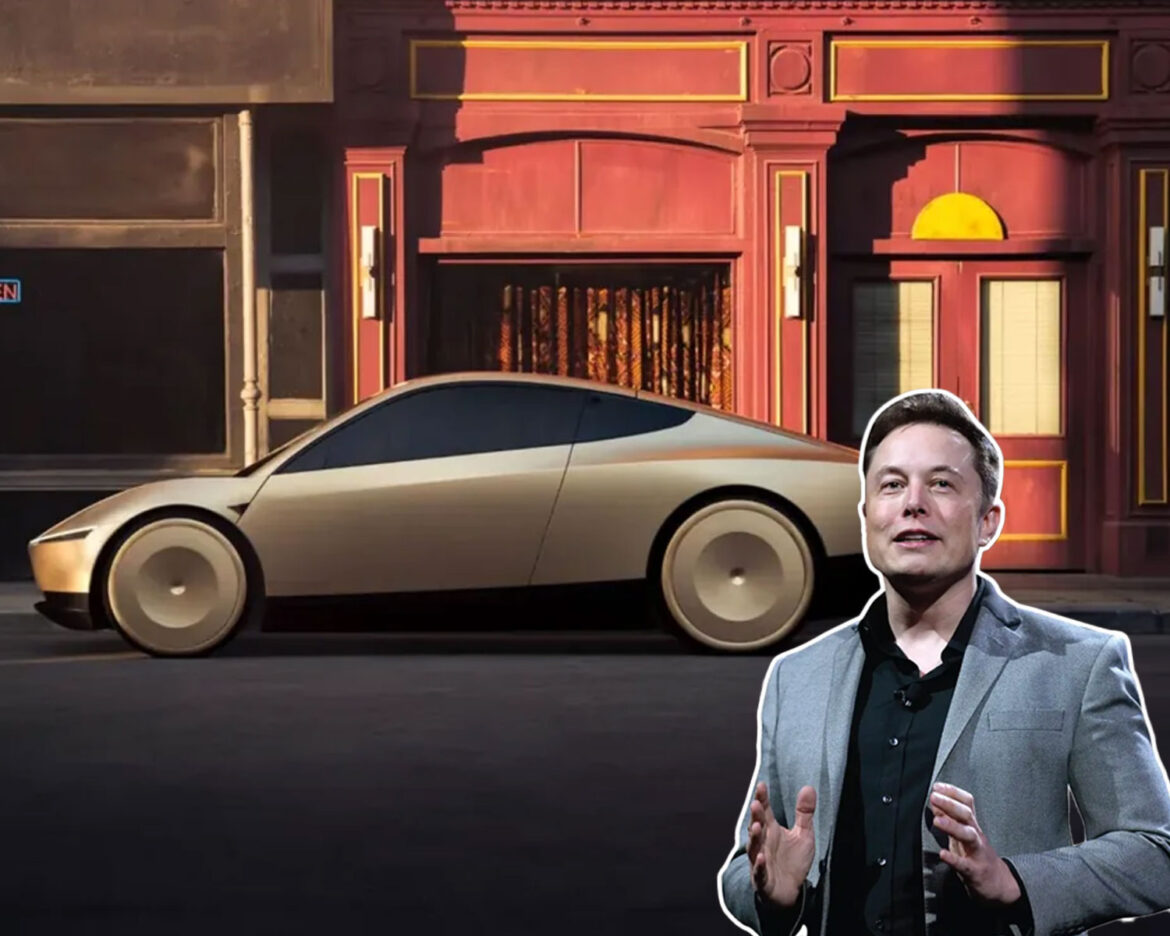In a groundbreaking announcement that has the tech world buzzing, Elon Musk unveiled Tesla’s highly anticipated robotaxi, a fully autonomous vehicle designed for the future of transportation. The new electric vehicle, which does not feature a steering wheel or pedals, was revealed during Tesla’s annual product event in California.
The Tesla Robotaxi is being touted as the next big leap in the evolution of electric and self-driving technology. With no need for human intervention, this vehicle is designed to operate 100% autonomously, offering a hands-free ride for passengers. According to Musk, the robotaxi will redefine the way people think about urban mobility, paving the way for a future where personal car ownership could become obsolete.
“Today marks a historic moment for Tesla and for the entire automotive industry,” Musk said during his keynote. “This is the beginning of the end of human-driven vehicles. With full autonomy, Tesla is moving closer to making urban transportation more efficient, safer, and sustainable.”
The robotaxi is built on Tesla’s proprietary Full Self-Driving (FSD) platform, which Musk claims has reached an unprecedented level of reliability and safety. The absence of a driver interface—no steering wheel, brake, or accelerator pedals—underscores Tesla’s commitment to advancing autonomous driving technology. Instead, the vehicle will be controlled entirely by Tesla’s AI-powered navigation system, using a combination of cameras, sensors, and machine learning algorithms to handle everything from route planning to traffic navigation.
A New Era of Urban Mobility
Tesla’s robotaxi isn’t just a futuristic novelty; it is intended to be a practical solution to growing concerns over traffic congestion, air pollution, and inefficient transportation systems. The vehicle is designed to be shared, operated on a fleet-based model where users can hail a ride via the Tesla app, similar to current ride-sharing platforms.
The robotaxi is expected to be deployed in select cities by the end of 2025, with Tesla targeting major metropolitan areas where congestion and demand for shared mobility are high. Early reports suggest that the vehicles will be priced competitively, potentially offering a more affordable alternative to owning a personal car, particularly for people living in dense urban environments.
Sustainability at Its Core
In keeping with Tesla’s environmental vision, the robotaxi will be fully electric, with zero emissions, contributing to the company’s goal of reducing carbon footprints globally. Tesla also revealed that the vehicle will feature a new generation of batteries, offering longer range and faster charging times than current models.
The Future of Autonomous Technology
While Tesla’s robotaxi has been met with excitement from fans and investors, it also raises questions about the future of jobs related to transportation and driving. Critics have voiced concerns about the potential impact on taxi and rideshare drivers, as well as broader implications for urban planning and infrastructure.
Despite these concerns, Musk remains optimistic about the future of autonomous vehicles, insisting that the technology will create new industries and opportunities, while also reducing road accidents and fatalities caused by human error.
“We’re not just changing how people get from point A to point B; we’re reimagining the entire transportation ecosystem,” Musk concluded.
As Tesla continues to refine its self-driving technology, the company’s vision for a world of robot-driven vehicles is beginning to take shape—potentially changing the way we live, work, and travel in ways we can only begin to imagine.



